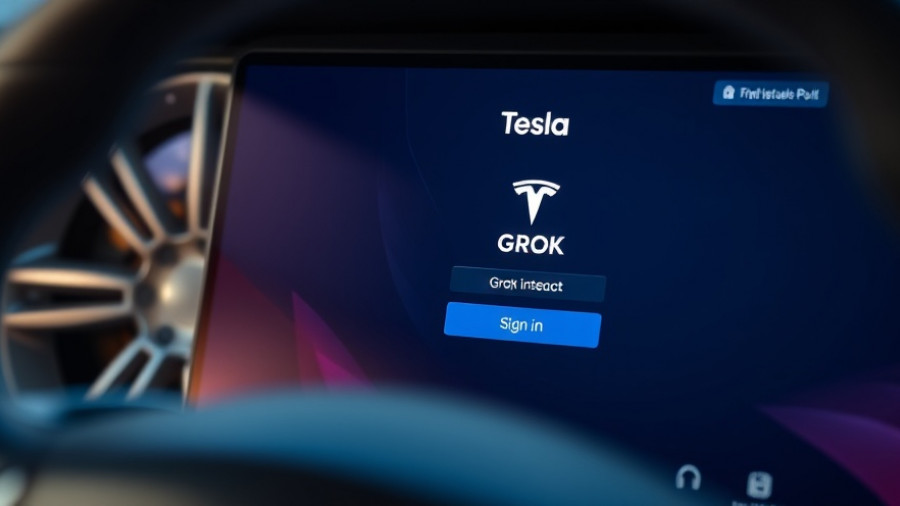
AI Regulation Takes a New Approach: Focusing Beyond Model Size
In a notable shift, recent developments in AI regulation signify a move away from the previous emphasis on model size—an approach that proved inadequate in ensuring safety and ethical standards. As artificial intelligence technologies burgeon and evolve, regulatory frameworks are starting to evolve as well, responding to both the complexities of AI and the urgent calls for technical accountability.
The Limitations of Size-Based Regulations
For many years, regulators and researchers placed significant focus on the size of AI models, assessing risks primarily through metrics such as parameters and computational power. This method is rooted in the understanding that larger models often demonstrate more intricate capabilities. However, recent discussions have revealed that the sheer size of an AI doesn’t encompass its potential risks. Complexities such as data privacy, algorithmic bias, and societal impact transcend mere size—it’s essential to consider the broader framework surrounding how AI is developed and utilized.
Historical Context and Background
The roots of AI regulation can be traced back to the earlier days of machine learning development, when technology and models were nascent and lacked the comprehensive datasets necessary for tracking real-world implications. As technology advanced, the regulatory environment struggled to keep pace. Advocates for AI safety have long underscored the necessity for frameworks that don’t solely hinge on model size but also incorporate ethical considerations and risk management strategies.
Emerging Perspectives: Collaborating with Experts
As new regulations take shape, active collaboration with AI experts, ethicists, and industry leaders becomes crucial. For instance, Elon Musk, known for his ventures into AI through companies like Tesla and his ongoing connection with OpenAI, emphasizes the importance of safeguards in development processes. His insights reflect a growing consensus that fostering collaboration is essential to creating effective and flexible AI regulations.
Counterarguments and Diverse Perspectives
While many embrace the shift beyond size regulations, there are counterarguments. Some industry players argue that imposing stricter standards could stifle innovation and progress. They contend that focusing on accountability and oversight may inadvertently throttle advancements in AI. Advocates for a more regulated environment counter that unchecked growth may lead to unforeseen consequences that ultimately harm society. Establishing a balance will require dynamic discussions among stakeholders to guide an evolving regulatory framework.
Future Trends in AI Regulation: What to Expect
Looking ahead, we can expect AI regulations to increasingly incorporate aspects such as ethical sourcing of data, scrutiny of algorithmic decisions, and transparent reporting of AI activities. Future predictions hint at regulations designed to offer flexibility yet maintain the integrity of AI's deployment in sensitive areas such as healthcare and finance. Regulatory bodies may adopt frameworks where accountability measures, rather than model size, dictate the standards for operation.
Actionable Insights to Create Thought-Provoking New Perspectives
For developers and organizations involved in AI, engaging with these regulatory changes is vital. Companies like Nvidia and their efforts in the AI sector illustrate how staying ahead of regulatory measures can reinforce their reputations and enhance trust among consumers. Firms should consider proactive audits, develop stringent testing protocols, and cultivate transparency in their AI operations to navigate the shifting landscape successfully.
Final Thoughts: The Future is Collaborative and Nuanced
The trend away from a model size-centric regulatory framework marks a pivotal moment in the intersection of AI technology and regulation. As stakeholders collectively engage in complex discussions and forge guidelines that are more reflective of AI’s multifaceted nature, the challenge will be to harmonize innovation with accountability. Future regulations may very well represent a synthesis of diverse opinions that leverage expertise across disciplines.
Ultimately, understanding these shifts in regulatory approaches isn't just valuable for industry leaders but also empowers consumers to make informed decisions. As we venture deeper into AI’s capabilities, fostering an ongoing dialogue about its implications will be integral to the health of our technological future.
 Add Row
Add Row  Add
Add 




Write A Comment